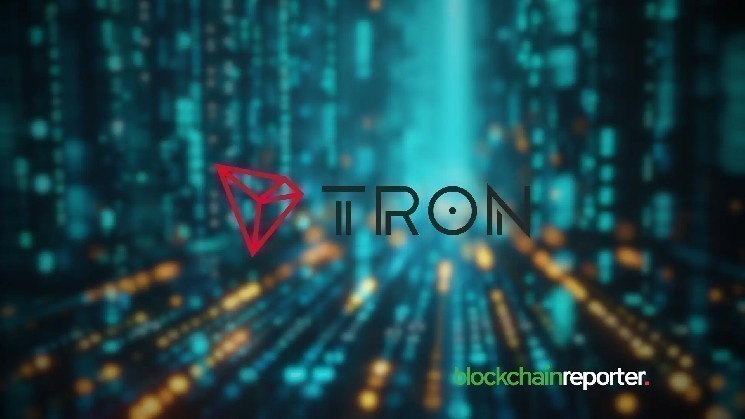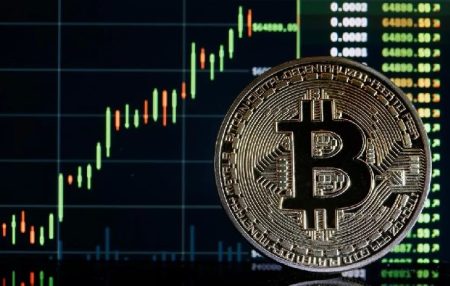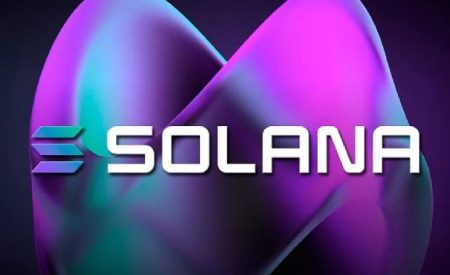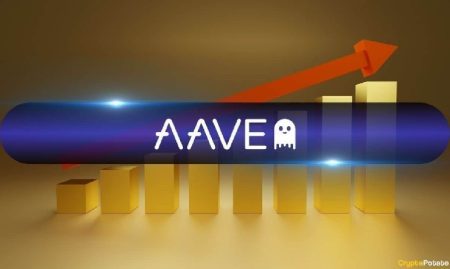Tron Blockchain Records Unprecedented Block Size Growth, Signaling Network Expansion
Sustained Growth Trajectory Reflects Increasing Network Activity and User Adoption
In a significant development for blockchain technology, Tron’s decentralized ecosystem has been experiencing remarkable expansion in its block size metrics, indicating robust growth in network activity and user engagement. According to recent data analyzed by CryptoOnchain, a respected analyst on CryptoQuant, Tron’s average block size has reached levels not seen since July 2023, with the 100-day simple moving average (SMA-100) touching peak levels.
This sustained increase represents more than just temporary fluctuations or daily transactional noise. Instead, it demonstrates a fundamental strengthening of Tron’s blockchain infrastructure and growing utility across various applications. The blockchain’s ability to maintain performance while processing larger data volumes showcases its maturity and scalability in the competitive blockchain landscape.
Rising USDT Demand Fuels Tron’s Explosive Growth
The extraordinary surge in Tron’s block size can be attributed primarily to three interconnected factors: increasing demand for USDT transfers, broader adoption across diverse consumer segments, and a flourishing decentralized finance (DeFi) ecosystem. As stablecoin usage continues to expand globally, Tron has positioned itself as a preferred platform for USDT transactions, offering faster processing times and lower fees compared to many competitors.
“Tron’s average block size is surging! The 100-day SMA has hit its highest level since July 2023, signaling real, sustained growth in network usage beyond daily ups & downs,” noted CryptoOnchain in a recent analysis. “Key drivers: USDT popularity, DeFi boom, and rising adoption. This screams healthy, dynamic, organic ecosystem expansion.”
Market observers point out that this trend represents more than a technical anomaly – it signals deepening engagement and expanding utility across the platform’s various applications. As users increasingly turn to Tron for their digital asset transactions, the network has demonstrated remarkable resilience in scaling to meet growing demand.
Technical Infrastructure Demonstrates Maturity and Scalability
The blockchain’s capacity to handle increased transaction volumes without performance degradation speaks volumes about its technical architecture and scalability solutions. By 2025, Tron’s blockchain size has reportedly surpassed the 100,000 KB threshold, marking a significant milestone in the platform’s development journey.
For blockchain technology experts, these metrics underscore Tron’s emerging prominence as a leading platform for stablecoin transactions, global blockchain adoption, and innovative DeFi applications. The network’s ability to maintain performance while processing larger data volumes demonstrates sophisticated engineering and forward-thinking design principles.
“What we’re seeing with Tron isn’t just incremental improvement – it’s transformational growth,” explains Dr. Elena Mikhailov, blockchain researcher at the Digital Assets Institute. “When a network can sustain this level of expansion while maintaining performance integrity, it indicates fundamental strength in the underlying architecture and growing market confidence.”
Beyond Transaction Volume: Understanding Blockchain Network Health
While transaction counts and volumes provide valuable insights, blockchain experts increasingly look to metrics like average block size and long-term moving averages to assess network health more comprehensively. These indicators help filter out day-to-day fluctuations to reveal underlying trends in user activity and network utilization.
CryptoOnchain’s analysis suggests that Tron’s block size growth represents “real, sustained growth in network usage beyond daily ups and downs.” This perspective aligns with broader industry trends toward evaluating blockchain networks based on consistent utility rather than speculative trading activity or short-term price movements.
The data also reflects growing trust among developers and users, who increasingly view Tron as a reliable infrastructure for building and deploying decentralized applications. This confidence manifests in greater transaction volumes and more complex interactions with the blockchain, necessitating larger block sizes to accommodate the increased activity.
Implications for Tron’s Position in the Blockchain Ecosystem
This sustained growth trajectory has significant implications for Tron’s competitive positioning within the broader blockchain ecosystem. As established networks like Ethereum continue to face scalability challenges and newer platforms compete for market share, Tron’s demonstrated ability to scale effectively while maintaining performance represents a compelling value proposition.
For institutional investors and enterprise users evaluating blockchain platforms, these metrics provide concrete evidence of Tron’s operational capabilities and growth potential. The network’s particular strength in handling stablecoin transactions positions it favorably as digital asset adoption continues to accelerate globally.
Industry analysts suggest that if current trends continue, Tron could significantly expand its market presence in the coming years, particularly in regions where financial inclusion remains challenging and digital payment solutions are gaining traction. The platform’s combination of speed, cost-efficiency, and proven scalability makes it especially attractive for remittance services and cross-border transactions.
Looking Ahead: Sustainability and Future Challenges
While Tron’s recent performance metrics paint an optimistic picture, questions remain about long-term sustainability and potential challenges. As with any blockchain network experiencing rapid growth, maintaining security, decentralization, and performance will require ongoing innovation and resource investment.
“The challenge for any successful blockchain network isn’t just achieving growth – it’s sustaining it while preserving the fundamental qualities that make blockchain valuable in the first place,” notes blockchain governance expert Marcus Chen. “Tron’s technical team will need to continue balancing scalability with security and decentralization as network demands increase.”
Nevertheless, the current trajectory suggests a bright future for the Tron ecosystem. With its block size consistently expanding and network activity showing sustainable growth patterns, Tron appears well-positioned to capitalize on increasing demand for efficient, scalable blockchain infrastructure.
For developers, users, and investors alike, these developments signal Tron’s emergence as a major player in the global blockchain landscape – one capable of supporting the next generation of decentralized applications, financial services, and digital asset transactions. As blockchain technology continues its march toward mainstream adoption, networks demonstrating practical utility and scalable performance, like Tron, seem increasingly likely to lead the way.














